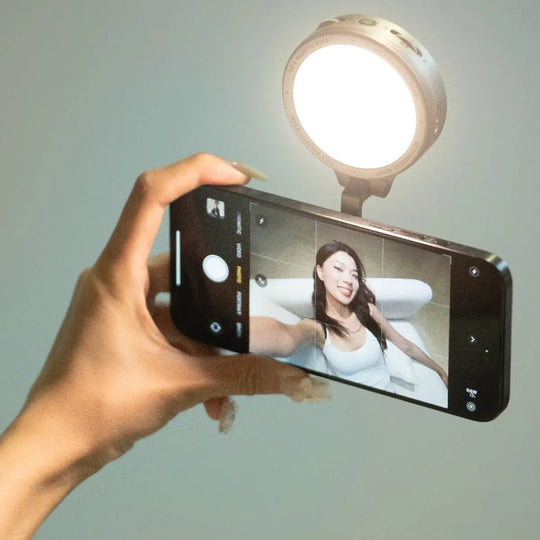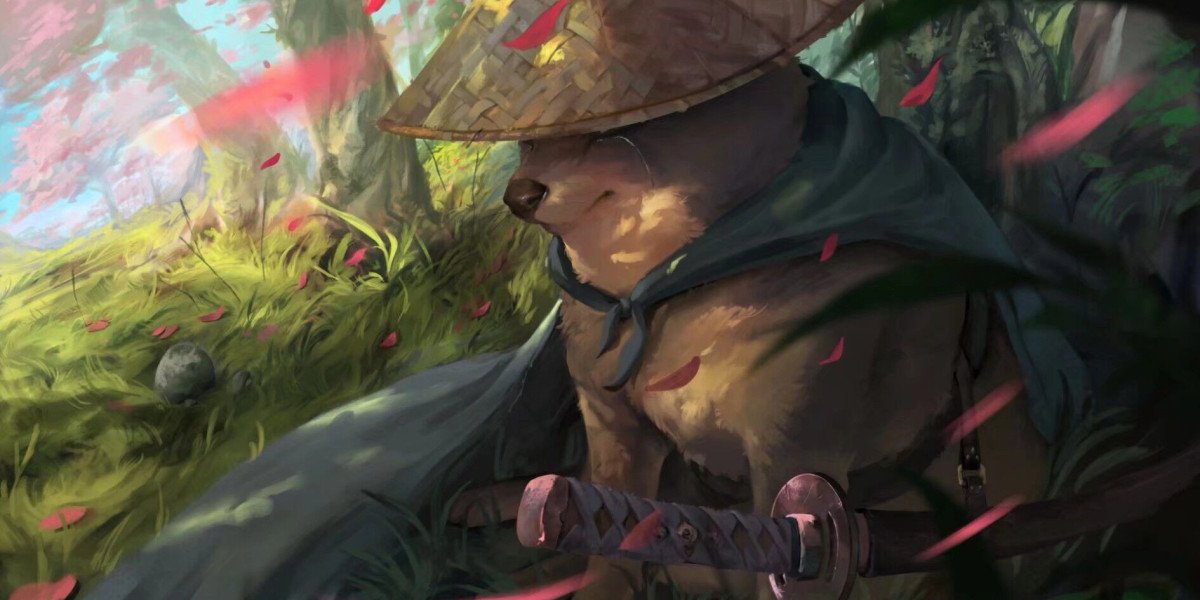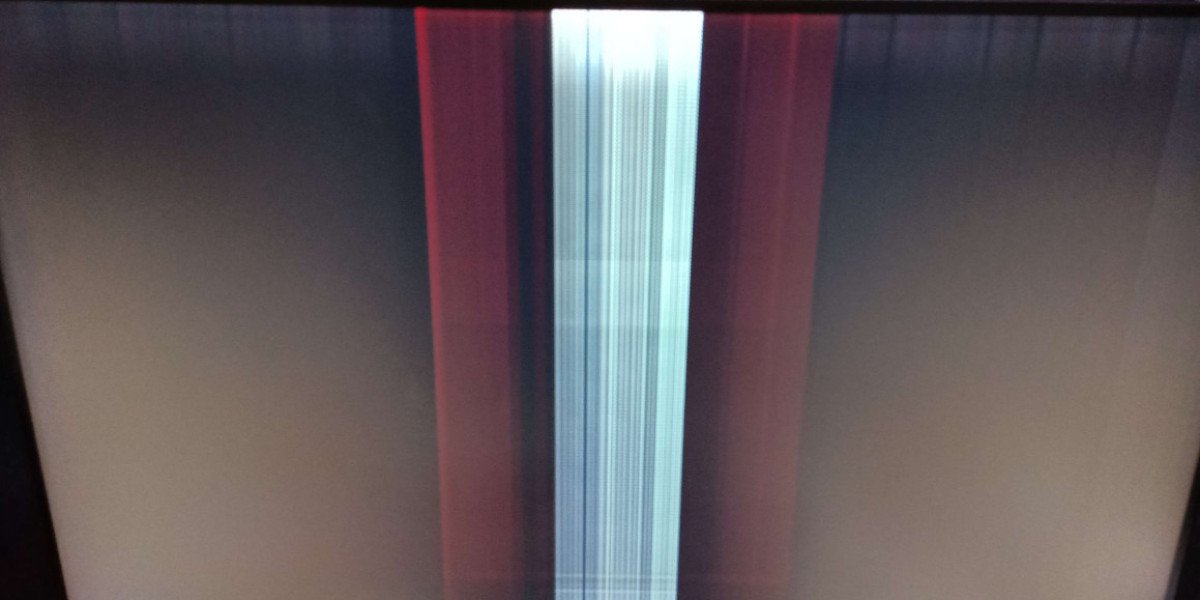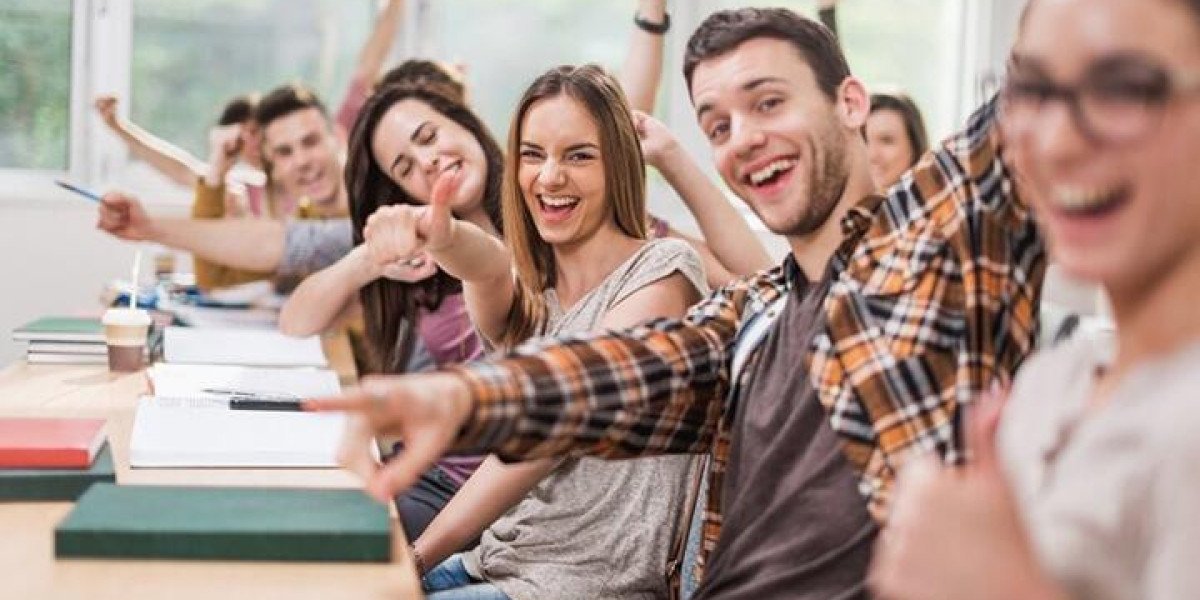Illuminate Your Creations: Discover the Ultimate Lighting Secrets for Stunning Content!
Lighting plays a pivotal role in content creation, as it can dramatically enhance the visual appeal and overall quality of your work. Imagine watching a video where the subject is poorly lit, and you can barely see their expressions or the details of the scene. On the other hand, great lighting can make even the simplest of setups look professional and engaging. In this article, we will explore various lighting options available to creators, from the natural light that streams through your window to the sophisticated artificial lighting setups that can transform your content. Whether you’re a photographer, videographer, or a live streamer, understanding and utilizing the right lighting can take your content from ordinary to extraordinary.

Understanding the Basics of Lighting
Before diving into the different types of lighting, it's essential to grasp some fundamental concepts. Brightness, for instance, refers to the intensity of light in a scene, which can affect how your audience perceives the content. Color temperature, measured in Kelvins, defines the warmth or coolness of light. Warmer tones (lower K values) create a cozy atmosphere, while cooler tones (higher K values) can evoke a sense of professionalism or modernity. Additionally, shadows can dramatically alter the mood of your content. Soft shadows can create a flattering look, whereas harsh shadows might lead to a more dramatic or intense feel. Understanding these concepts can empower creators to manipulate lighting effectively, ensuring that the intended message is conveyed through their visuals.
Natural Lighting: The Best Friend of Creators
Natural light is often the go-to choice for many creators, and for a good reason. Utilizing sunlight can produce stunning results without the need for complex equipment. The golden hour—shortly after sunrise or before sunset—is known for its soft, warm light, making it an ideal time for outdoor shoots. To maximize natural light, position your subject near windows or in open spaces to avoid harsh shadows. I once worked with a friend who shot her beauty tutorials by a large window. The difference was remarkable; the natural light brought out her features beautifully, creating an inviting and professional look. Remember, the changing nature of sunlight means that planning your shoots at the right time can lead to significant improvements in your content's quality.
Artificial Lighting Options
While natural light is fantastic, it’s not always reliable, especially for indoor shoots or at night. This is where artificial lighting comes into play. LED lights are popular due to their versatility and energy efficiency, providing bright light without generating excessive heat. Softboxes help diffuse light, creating a soft, even illumination that is flattering for portraits and product photography. Ring lights are another favorite, particularly among beauty influencers, as they create a halo effect that highlights features and reduces shadows. Each type of lighting can significantly influence the mood and quality of your content. For instance, using a softer light can create a more intimate atmosphere, while harsh lighting can evoke excitement and energy. Experimenting with these options can help you find the best fit for your unique style.
Choosing the Right Lighting Setup
Selecting the appropriate lighting setup depends on the type of content you’re creating. For photography, a combination of softboxes and reflectors can yield beautiful results, while video creators might prefer a three-point lighting setup that includes key, fill, and back lights for depth. Live streamers often rely on ring lights to ensure their faces are well-lit and engaging to viewers. I’ve seen creators transform their streams by merely adjusting their lighting. A well-lit environment not only enhances viewer experience but also builds professionalism and credibility. Always consider the purpose of your content and choose a lighting setup that complements your vision.
Lighting Techniques for Different Content Types
Different types of content require specific lighting techniques. For vlogging, a portable LED light can be a game-changer, allowing flexibility and adaptability to various environments. In product photography, using diffused light can eliminate harsh reflections and bring out the product's details. For tutorial videos, a balanced lighting setup that minimizes shadows ensures that your audience can see every step clearly. I recall a friend who created cooking tutorials; by adjusting her lighting setup based on the type of dish she was showcasing, she was able to highlight textures and colors beautifully, making her content more appealing to viewers. The key is to adjust your lighting to suit the aesthetics of each specific style, enhancing the overall viewer experience.
Maximizing Your Content with Effective Lighting
In summary, lighting is an essential aspect of content creation that can greatly influence the final product. Understanding the fundamentals of lighting, exploring natural and artificial options, and applying specific techniques for various content types can elevate your work to new heights. As you experiment with different lighting setups and techniques, remember that the goal is to enhance your content and convey your message effectively. So, grab your lights and start experimenting—your next masterpiece might just be a well-lit moment away!








